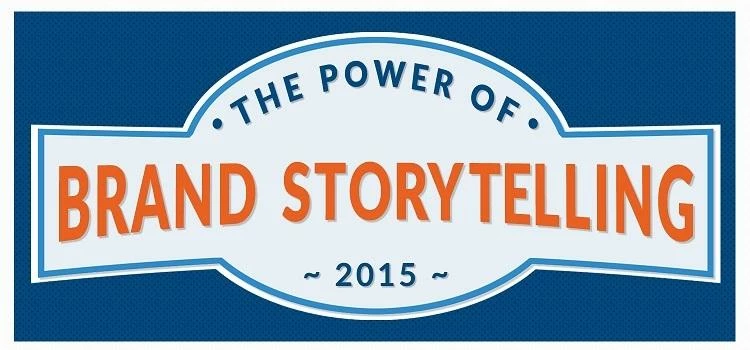
Partner Article
Eight out of ten people want brands to tell stories – but 85% can’t remember a good one
New research unveiled today has shown the value of brand storytelling: 79% of UK adults think it’s a good idea for brands to tell stories as part of their marketing and customer communications. However, it seems they could also be doing it better, as 85% couldn’t give an example of a memorable story told by a brand.
Older consumers are more likely to recall a brand story (30% of over 55s, compared to only 9% of those aged 18-24), but the stories they remember tend to be TV ads: the Oxo family, the Nescafé Gold Blend couple and so on.
According to the survey, what people most want to see and hear are stories about regular people (two-thirds think those would make the best stories) and/or brand customers (38% want to hear those). Only 19% want to hear about celebrities or employees and just 10% want the story of the brand’s CEO or founder.
There is also a preference for stories of real people and events vs. those about fictional characters (57% to 43%).
The Brand Storytelling Report 2015 was commissioned by content marketing agency Headstream and is based on interviews with more than 2,000 UK adults. It went on to reveal that 64% of people think brands are currently good at telling stories and that they prefer their stories to be funny (43% of all adults want stories to be humorous, although 18-24-year-olds equally prefer inspirational or dramatic stories).
Steve Sponder, managing director of Headstream, comments: “Storytelling has become one of the key phrases behind any modern marketing strategy and it’s clear that people want to hear and see engaging narratives. Of course, it’s also clear that ‘storytelling’ means different things to different people – and even some brands aren’t entirely clear what it involves.
“Our research has shown the best stories can be examples and case studies: people who have engaged with the brand and are willing to share their experiences with the world. It’s clear that customer advocacy should be at the core of all content marketing and storytelling campaigns. Also interesting to see is that people prefer stories of real people and events when so many brands wrap up their messages in fictional characters.”
The most preferred channels generally for consumers to receive brand stories is ‘owned media’ – websites, blogs and emails. However, perhaps surprisingly, consumers aged 18-24 favour social media advertising. The top format for storytelling is video, with photos second and articles third (although interestingly, the important demographics of 18-24 and 35-44-year-olds both prefer written content).
As for what people are likely to do if they really love a brand story, 55% are more likely to buy the product in the future, 44% will share the story and 15% will buy the product immediately.
Steve Sponder concludes: “As this research highlights, storytelling isn’t just about generating Facebook Likes and Twitter followers. It has a real impact on both brand preference and the bottom line. If people think your brand tells great, memorable stories, they’re more likely to buy from you.”
This was posted in Bdaily's Members' News section by Alex Sampson .
Enjoy the read? Get Bdaily delivered.
Sign up to receive our popular morning National email for free.








 How to make your growth strategy deliver in 2026
How to make your growth strategy deliver in 2026
 Powering a new wave of regional screen indies
Powering a new wave of regional screen indies
 A new year and a new outlook for property scene
A new year and a new outlook for property scene
 Zero per cent - but maximum brand exposure
Zero per cent - but maximum brand exposure
 We don’t talk about money stress enough
We don’t talk about money stress enough
 A year of resilience, growth and collaboration
A year of resilience, growth and collaboration
 Apprenticeships: Lower standards risk safety
Apprenticeships: Lower standards risk safety
 Keeping it reel: Creating video in an authenticity era
Keeping it reel: Creating video in an authenticity era
 Budget: Creating a more vibrant market economy
Budget: Creating a more vibrant market economy
 Celebrating excellence and community support
Celebrating excellence and community support
 The value of nurturing homegrown innovation
The value of nurturing homegrown innovation
 A dynamic, fair and innovative economy
A dynamic, fair and innovative economy